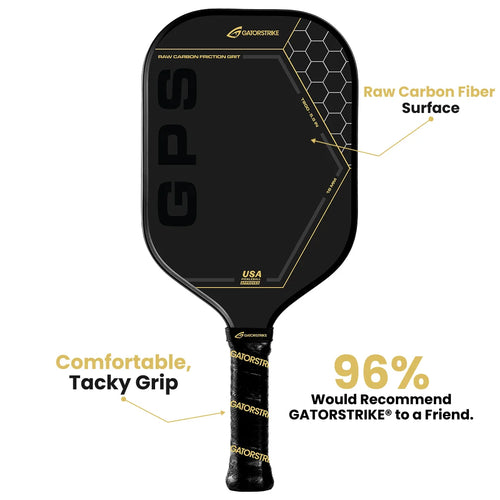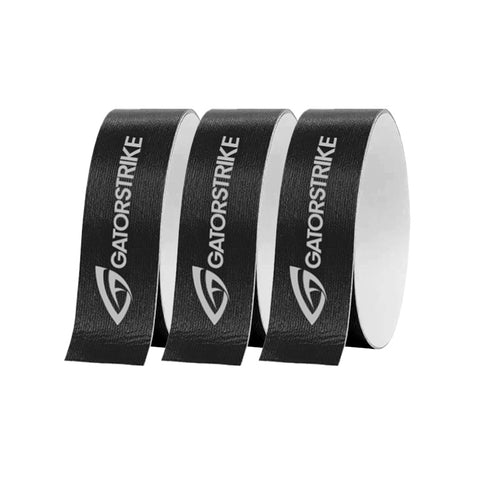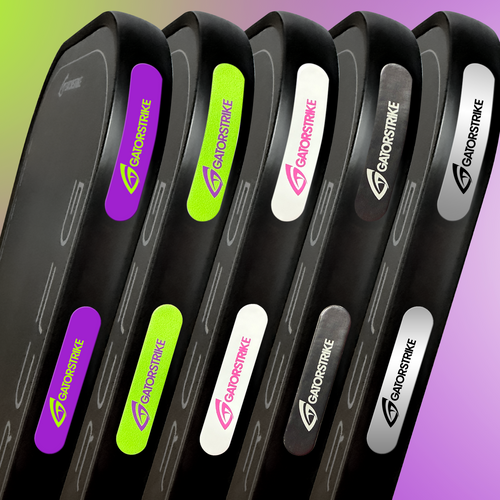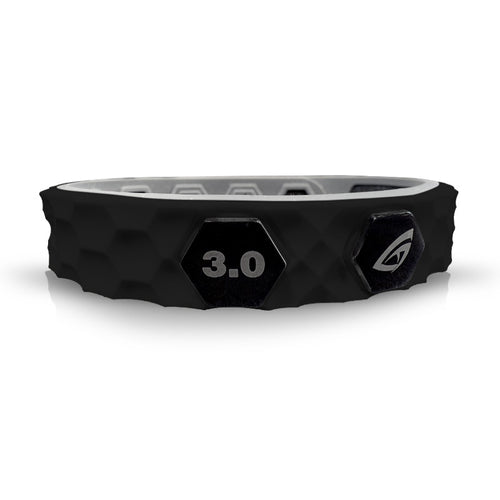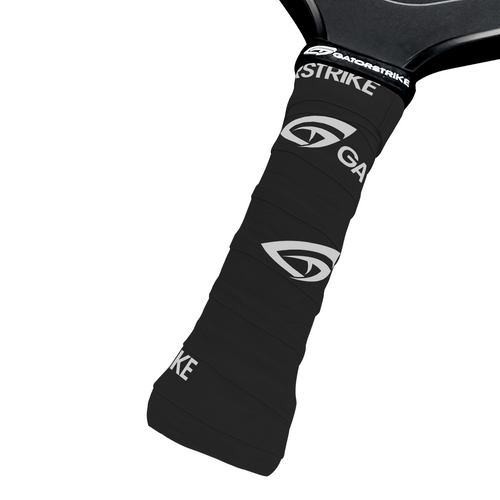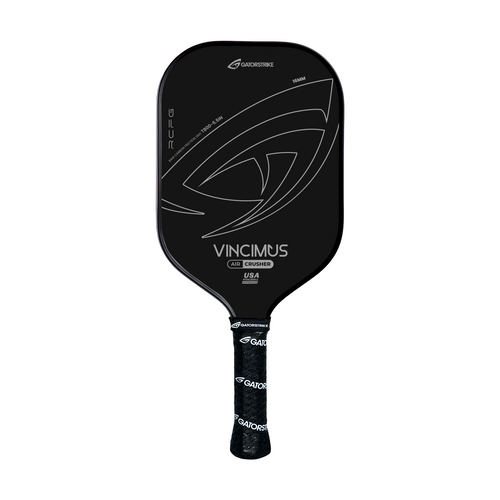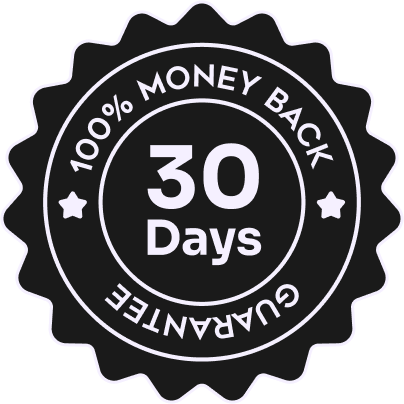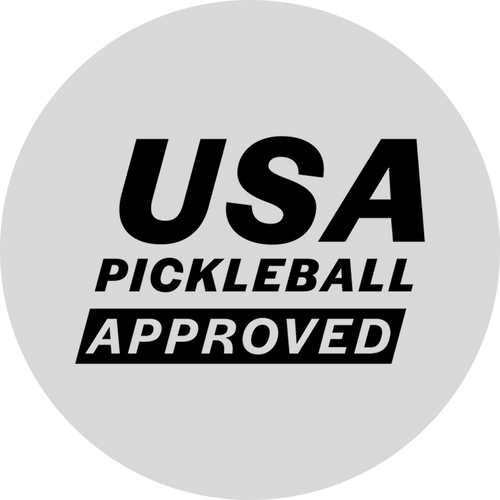
The Rise of Pickleball Clubs: Creating Local Communities That Last
Share
Pickleball has transcended its humble backyard beginnings and vaulted into the spotlight as one of the fastest-growing sports in the world. But behind the paddle-flipping frenzy and surging tournament circuits lies something even more powerful: the community.
At the heart of this phenomenon is a quietly revolutionary concept—the local pickleball club. These clubs are more than just places to hit a ball over a net; they’re becoming social sanctuaries, wellness hubs, and intergenerational gathering grounds that strengthen neighborhoods and build bonds.
Let’s dive into the cultural swell of pickleball clubs, why they matter, and how they’re creating micro-communities that endure far beyond match point.
The Club Concept: From Informal Courts to Formal Fellowship
Just a few years ago, a “pickleball club” might have meant a handful of friends casually chalking lines on an underused tennis court. Fast-forward to today, and we’re seeing the emergence of highly organized local leagues, dedicated facilities, and even clubhouse perks that rival country clubs—minus the exclusivity.
These clubs often feature:
- Structured ladders and leagues for all skill levels
- Round-robin socials and themed mixers
- Volunteer-led training clinics
- Community outreach programs
- Multi-generational memberships from teens to retirees
It’s a heady cocktail of fun, fitness, and fellowship—and it’s catching on like wildfire.
Why Pickleball Clubs Work: The Secret Sauce of Stickiness
So, what’s the magic that makes pickleball clubs thrive where other recreational groups fizzle? Here are the not-so-obvious ingredients:
1. Low Barrier, High Belonging
Pickleball is inherently inclusive—you don’t need to be an elite athlete to enjoy it, and clubs reflect that spirit. Whether you’re a 72-year-old retiree or a 23-year-old fitness newbie, you’re welcome on the court. The shared learning curve creates instant camaraderie.
2. Micro-Social Momentum
Unlike massive gyms or solo sports, pickleball encourages micro-interactions—brief chats between points, high-fives after rallies, post-game coffee meetups. These micro-moments add up to deep social cohesion over time.
3. Built-In Accountability Loop
When your club mates are expecting you at 8 a.m. Saturday drills, you show up. This informal accountability system supports not only fitness consistency but also emotional well-being.
The Ripple Effect: Strengthening the Community Beyond the Court
Pickleball clubs don’t just exist in a vacuum—they’re having tangible impacts on broader communities.
- Local Economy Boosts: From paddle shops to smoothie bars near the courts, clubs stimulate neighborhood businesses.
- Intergenerational Mentorship: Clubs often mix age brackets, leading to organic mentorship between generations.
- Charity & Outreach: Many clubs host fundraising tournaments and outreach events, supporting schools, health orgs, and nonprofits.
- Inclusivity Initiatives: Adaptive play sessions and women-led groups are creating space for all bodies and backgrounds.
In essence, these clubs are weaving pickleball into the cultural and economic fabric of communities.
Success Stories: Real-World Club Wins
Let’s look at a few inspiring examples:
- The Dink District (Tampa, FL): Started as a Facebook group, now boasts 400+ members, four courts, and monthly mixers that raise money for local shelters.
- Paddle & Purpose (Boulder, CO): Offers youth coaching scholarships and adaptive clinics, fostering diversity and access.
- SmashPoint Society (Raleigh, NC): Operates out of a converted warehouse with music-themed social events like “Rally & Rock Night.”
These aren’t anomalies—they’re blueprints for what community sports can and should be.
Thinking of Starting a Club? Here's Your Jumpstart Guide
If your area doesn’t yet have a formal pickleball club, consider this your nudge. Starting one is less daunting than you think:
✅ Step 1: Form a Core Crew – A few committed players is all it takes.
✅ Step 2: Find Court Access – Reach out to schools, churches, or parks departments.
✅ Step 3: Establish a Rhythm – Regular meetups (even once a week) create momentum.
✅ Step 4: Add Social Flair – Potlucks, themed nights, or charity playdays keep things fresh.
✅ Step 5: Communicate Clearly – A Facebook group, WhatsApp chat, or bulletin board goes a long way.
Final Rally: Clubs That Serve More Than Just A Ball
Pickleball clubs are proof that the best communities aren’t built—they’re played into existence. By turning casual play into meaningful connection, these clubs are reshaping local culture one dink, drop shot, and handshake at a time.
Whether you’re part of a long-standing club or considering forming your own, remember: it’s not just about improving your game, it’s about enriching your community.
So grab your paddle, rally your neighbors, and serve up some belonging. The court—and the community—is waiting. 🏓🌟
